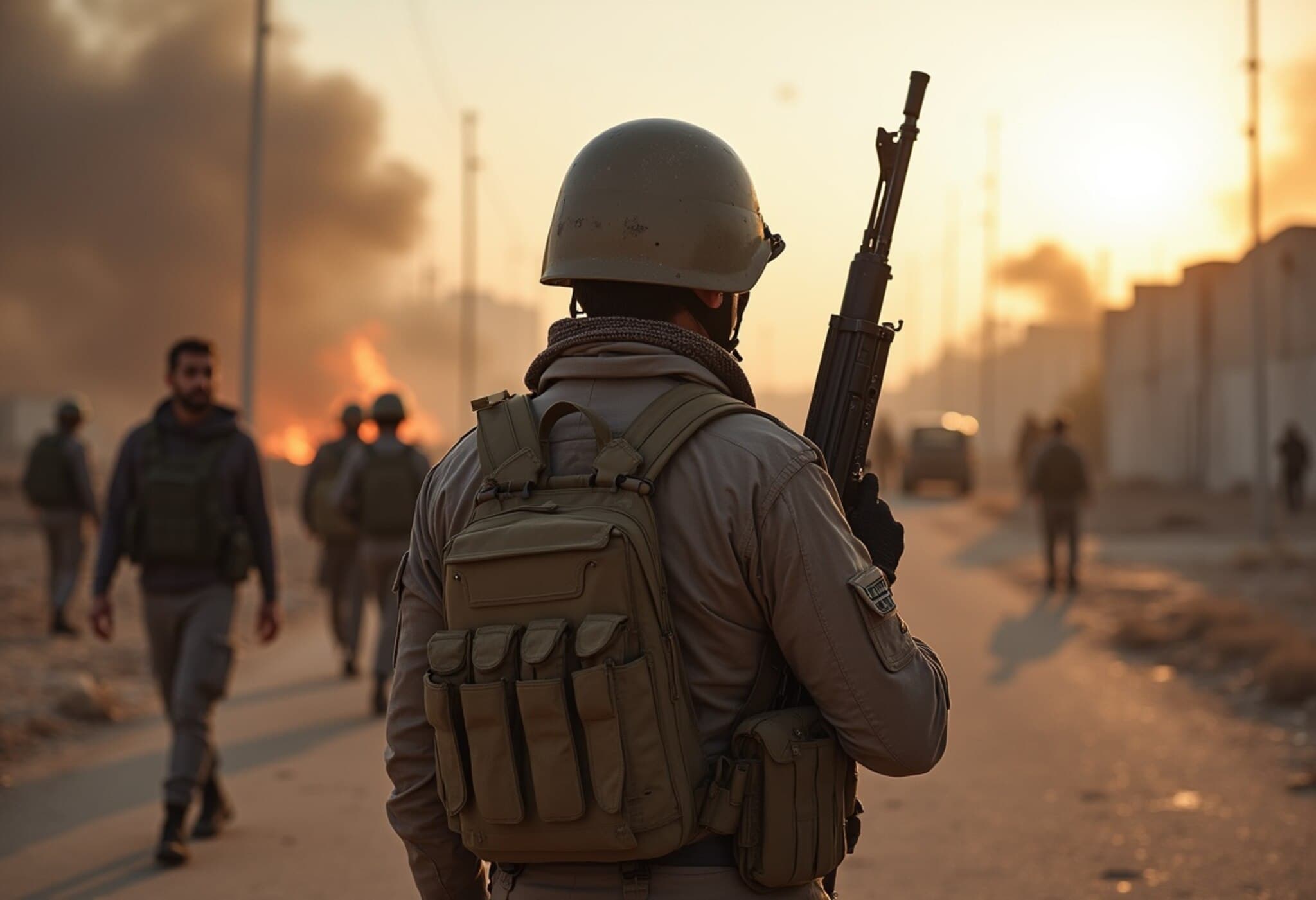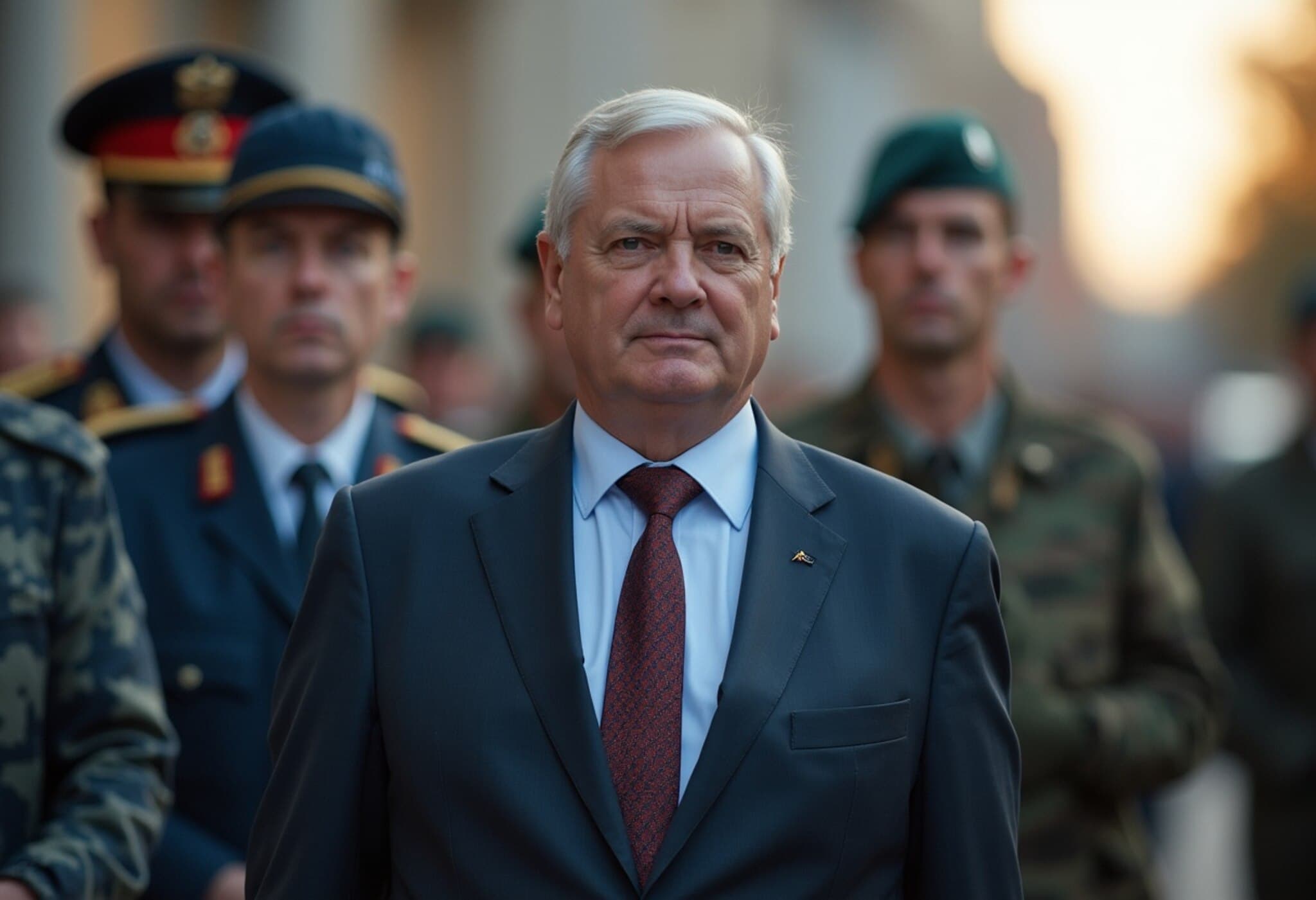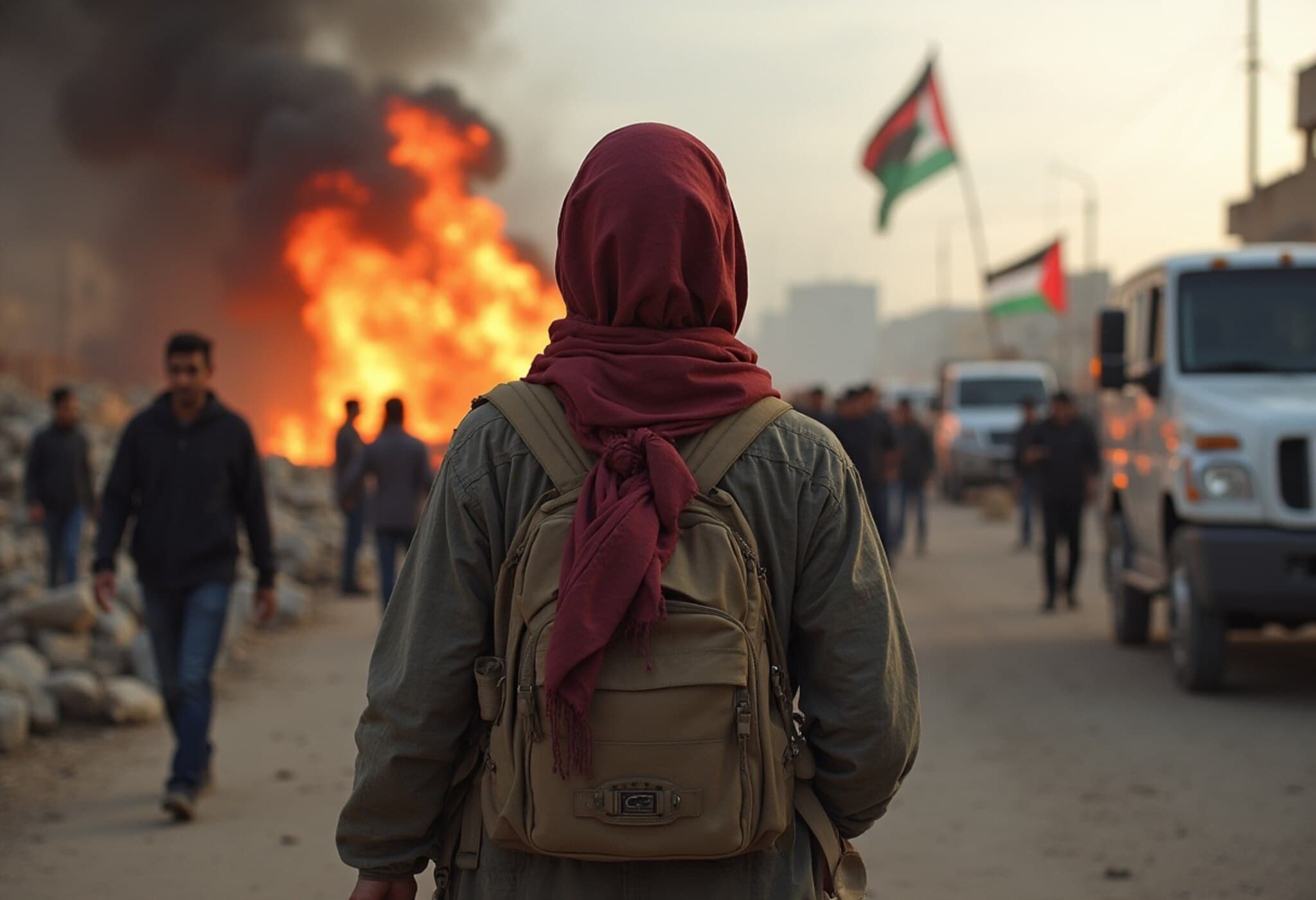Deadly Assault on Syrian Security Forces in Sweida Amid Ongoing Druze Conflict
On August 3, 2025, a violent attack shook the southern Syrian province of Sweida, when armed groups targeted internal security forces, resulting in the death of one officer and injuries to several others, according to state media reports. This assault underscores the fragile stability in a region long marked by sectarian tensions and recent outbreaks of factional violence.
Background: A Province on Edge
Sweida, predominantly inhabited by the Druze minority community, has grappled with escalating violence between Druze factions and Sunni tribes. The most recent clashes erupted on July 13, igniting battles that led to hundreds of casualties and prompting government intervention. The situation attracted international attention, including Israeli air strikes purportedly in defense of the Druze population, further complicating the security landscape.
The Attack and Its Immediate Impact
State-run Ekhbariya TV reported that armed factions violated a fragile truce by launching an offensive against Syrian internal security personnel. The violence did not confine itself to a single location; shells were reportedly fired across multiple communities within the violence-hit province. The tactical motives remain unclear, but experts suggest these assaults may be aimed at undermining government control and exacerbating communal divisions.
Historical and Regional Context
The Druze are a religious minority with a distinct identity, present not only in Syria but also in Lebanon and Israel. Long-standing disputes in Sweida province revolve around land ownership, resource allocation, and political influence between Druze and Sunni tribes. These communal frictions have periodically erupted into violence, challenging the Syrian government's efforts to maintain order.
Government Response and Regional Implications
In reaction to the recent violence, the Syrian government announced the formation of a special investigative committee to probe the attacks and restore stability. This tragic episode poses a significant test for interim President Ahmed al-Sharaa, whose administration is already under pressure following widespread sectarian violence earlier this year that claimed hundreds of lives in the coastal Alawite regions.
Moreover, the involvement of external actors—highlighted by Israeli air strikes allegedly protecting Druze factions—raises critical questions about Syria's sovereignty and the risk of regional escalation. The fragile ceasefire brokered by U.S. mediators faces renewed challenges as security deteriorates and intercommunal trust wanes.
Expert Perspectives
- Security Analyst: "The repeated breakdowns in Sweida illustrate the complexities of managing sectarian conflicts within Syria’s fractured landscape. Without inclusive dialogue and equitable resource sharing, such flare-ups are likely to persist."
- Regional Policy Expert: "Sweida’s instability serves as a microcosm of Syria's broader challenges—where internal divisions intersect with external interventions, making peace efforts extraordinarily difficult."
Questions Raised
- Can the Syrian government effectively enforce the truce without addressing deeper socio-political grievances?
- What role will external powers play as sectarian violence in Syria persists?
- How might renewed violence in Sweida influence broader stability in southern Syria and neighboring areas?
Editor’s Note
The recent deadly attack in Sweida not only highlights the ongoing vulnerabilities within Syria’s security framework but also serves as a stark reminder of the hidden fault lines beneath the surface. As regional players continue to intersect with local conflicts, sustainable peace remains elusive. Observers and policymakers alike must consider the underlying intercommunal grievances and external dynamics to chart a viable path forward for Sweida and Syria at large.











